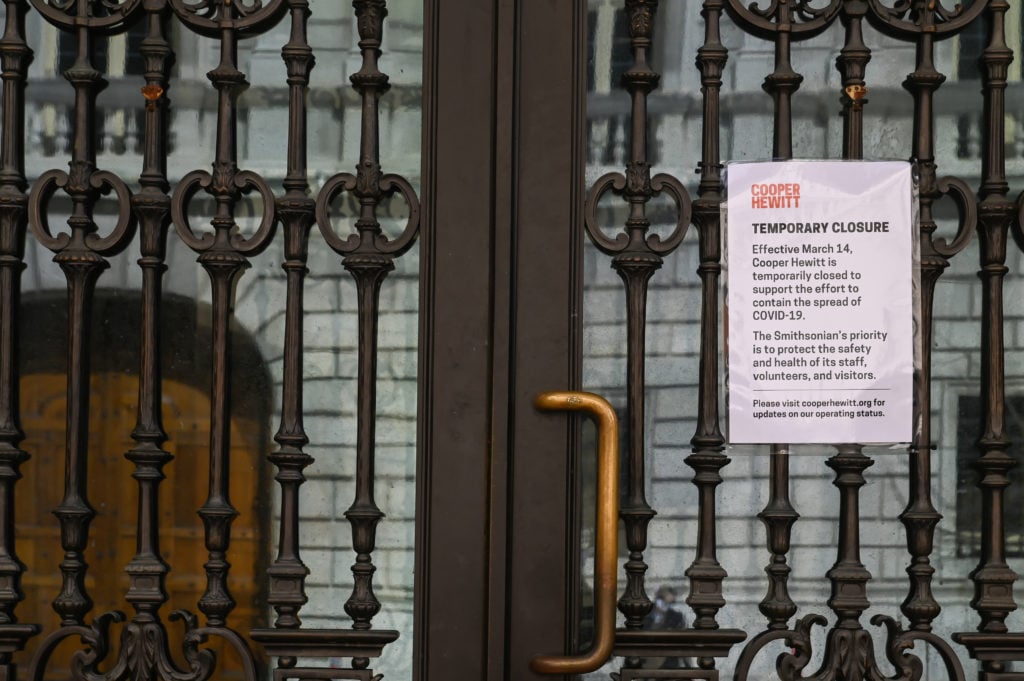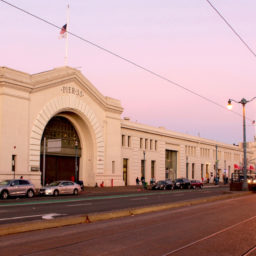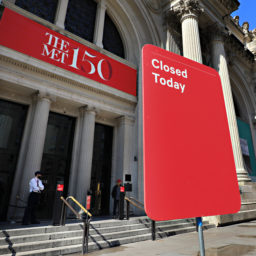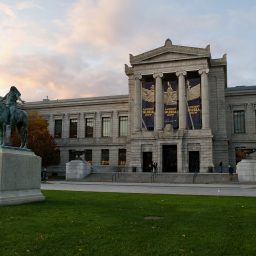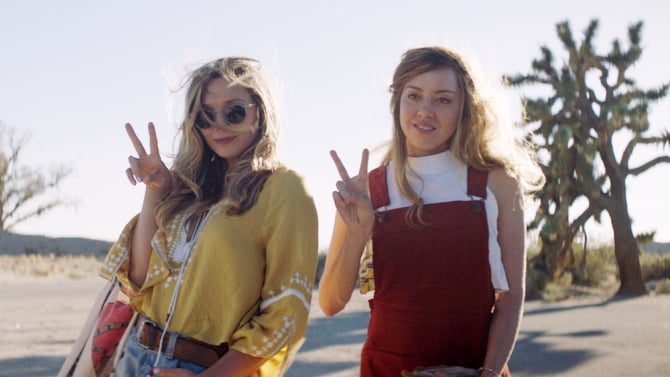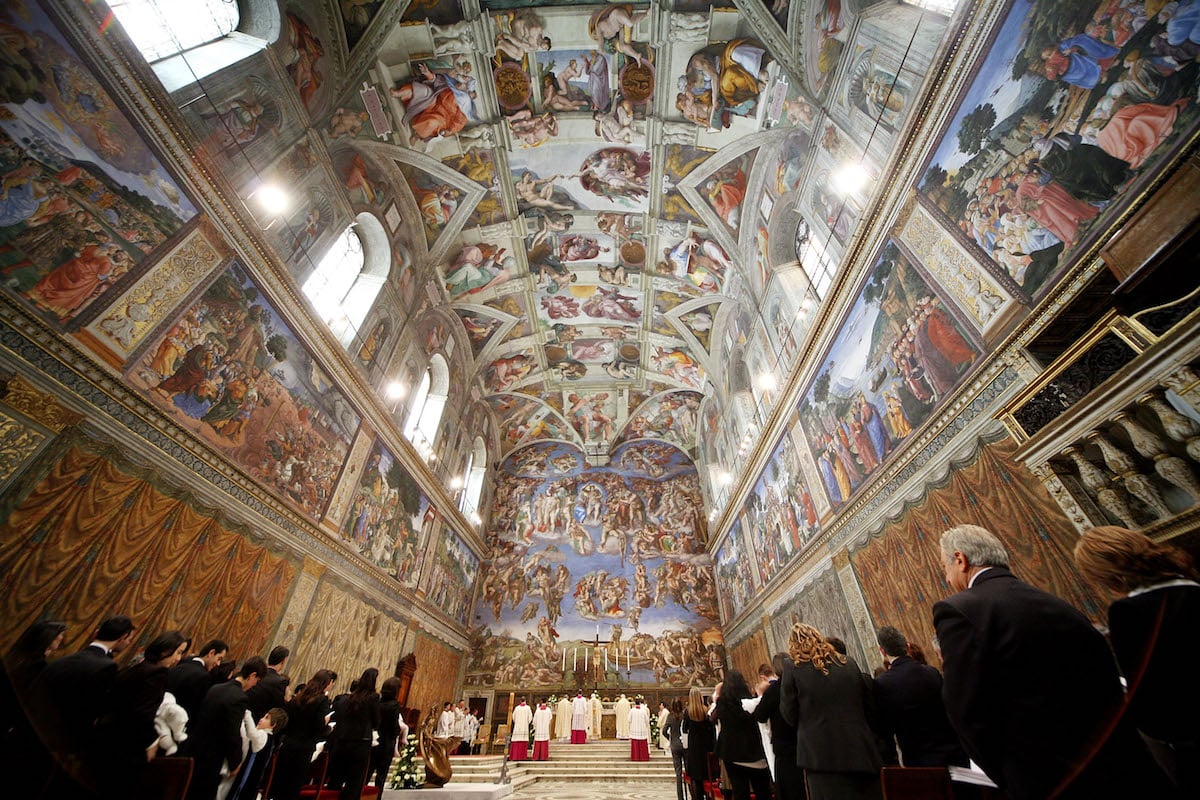September 11, 2001, was a Tuesday. By that weekend, many of New York City’s museums had reopened, free to the public. I remember seeing the faces of the visitors and how communing inside the museum gave them a sense of comfort and security, of life eventually recapturing its familiar rhythm.
Now, as a calamity of a different sort is ravaging our world, it is no less urgent that museums reopen as soon (and as safely) as possible. Switching to providing content online is kicking the can down the road. For all its educational and entertainment value, digital engagement, as many of us are finding, is a poor substitute for the uniquely analog and interpersonal experience of visiting a museum.
Although running a museum with diminished attendance and added safety precautions is costly, and the decisions involved are hard, a core mission imperative is to serve the public. Advocates have long claimed that museums are essential to a functioning society. If that claim has any merit, then museums need to demonstrate it in real time—by being at the front of the line in rebooting activity.
Most of our museums have ample space to welcome visitors while allowing them to maintain physical distance. Open museums would mean not only the resumption of employment and earned revenues, but also, and more importantly, a host of intangible benefits, and I don’t just mean significant, transporting, meditative encounters with art. Museums provide a haven in a time of trauma and disruption. As Kerry J. Sulkowicz, the president-elect of the American Psychoanalytic Association, notes, “we’re in the midst of two outbreaks: a pandemic of the virus, and a pandemic of anxiety.”
Museums could offer people who have experienced weeks of isolation a safe place to go, or a reprieve from cramped quarters. Their opening would signal the beginnings of a return to normalcy. What’s more, once the public is back, museums can serve as hubs of education, information-sharing, and collective reflection as we work together to surmount this crisis.
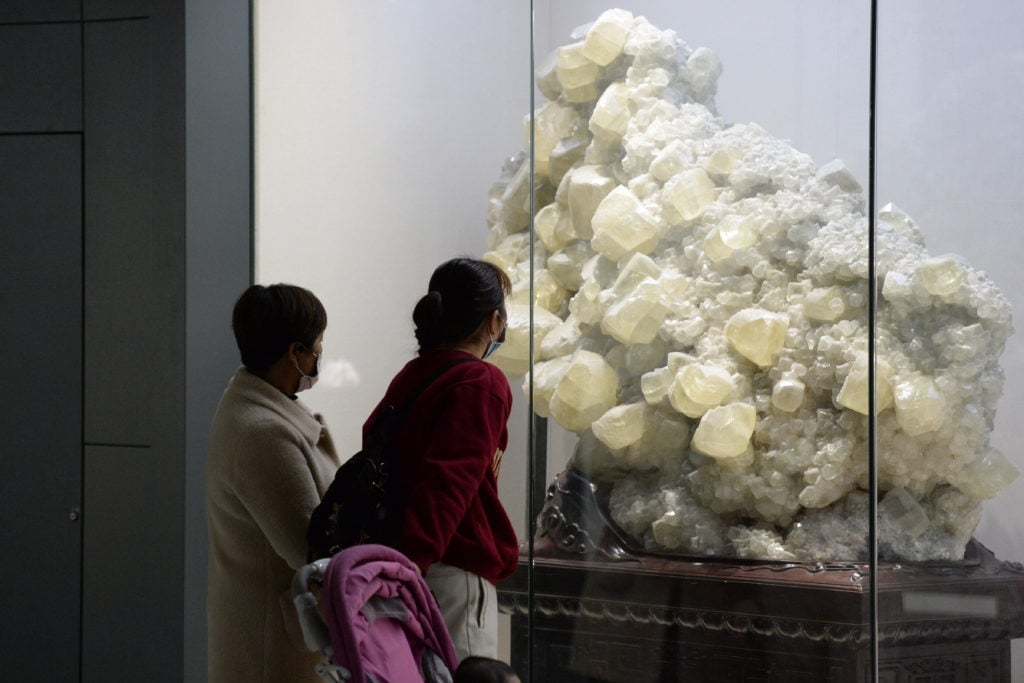
The Anhui Geological Museum in Hefei, China, which reopened on March 27 to visitors with reservations. The museum limited attendance to fewer than 1,000 visitors per day. (Xinhua/Huang Bohan via Getty Images)
Getting Back
Opening up is doable. Which is not to say it will be comfortable. Nonetheless, a few practical measures could allow institutions to start to receive visitors, as soon as local governments lift restrictions. These could be rolled out, then relaxed gradually, as appropriate. I have discussed these steps with arts leaders. None has felt they were unreasonable, although there are logistical and regulatory hurdles to clear. Versions of them are already being assessed in many institutions. Museums in Asia and Europe will soon offer working models, and perhaps some cautionary tales. It will be crucial to share experiences and compare notes as we feel our way forward.
- Devise a timed-entry system in which visitors arrive on the quarter-hour, for example, in limited numbers. As a condition of buying a ticket, ask about active symptoms. Consider adopting the practice of temperature-taking at the door. Establish a waiting area for people to stand in line at appropriate distances. If a burger joint can hand out an electronic device to alert customers when their food is ready, so can museums.
- Take special precautions to protect the most vulnerable. Dedicated entrances or opening hours may be helpful. When testing is in place, admit anyone who is confirmed to have antibodies. It is highly unlikely that older and immunocompromised people would be tempted to visit museums in large numbers at this moment. Meanwhile, museums can step in for the absence of school. As the father of a teenager, I know first-hand what an epic vacuum this situation has left for kids.
- Lean more on younger staff, especially for public-facing roles. There are many in most museums, and some will soon be tested for antibodies. Here as elsewhere, the younger end of the workforce, equipped with the necessary protective gear of course, can help society keep going while it’s still risky for more vulnerable colleagues to show up. Emergency regulations should enable institutions to make such distinctions without exposing them to charges of ageism.
- Make face masks obligatory, and available.
- Enforce indoor distancing etiquette. Attendants in galleries and common areas can gently remind visitors to keep a distance from one another, just as they remind children not to touch the art. I have been impressed by how carefully people are observing distancing rules in bakeries and grocery stores. Is there any doubt they can do the same in a museum?
- In addition to having hand sanitizer all over the place, if public-health experts suggest it, install some kind of full-body disinfecting station at entry points. Not to be glib, but one could imagine such a facility resembling one of our popular immersive art experiences. Surely we can come up with something acceptable, humane, and even cool. Let’s challenge our best artists to make it happen. It’s OK to have a sense of humor.
Inevitably, there will be diverging views on how such policies could be implemented, and exactly when. The situation will be different for highly frequented museums in urban areas than for institutions in suburban or rural locations where parking is abundant and visitation, moderate. Let’s be honest: Many museums are not exactly inundated on most days, even in the best of times.
Once We’re Back
A larger set of questions looms about what happens when museums do reopen. Crises like the current one do not so much create new conditions as they accelerate innovations already underway. We have seen this in the rapid expansion of digital content and in the remarkable migration to telecommuting. Will all these changes stick? Unlikely. Will some remain permanent fixtures in our future? Most definitely.
For museums, the recovery from the pandemic is likely to force three major reckonings. First, a business model relying on temporary blockbuster exhibitions involving international loans (and sizable carbon footprints) is likely to recede. Every museum director I know is doing triage on their exhibition calendars and striking off the big-ticket items. With the cost of freight, courier transport, and insurance predicted to rise, big traveling shows will become a luxury, at least for a while. What comes in their stead? Clever storytelling around the permanent collection and attainably priced exhibitions on timely topics that attract a wide audience.
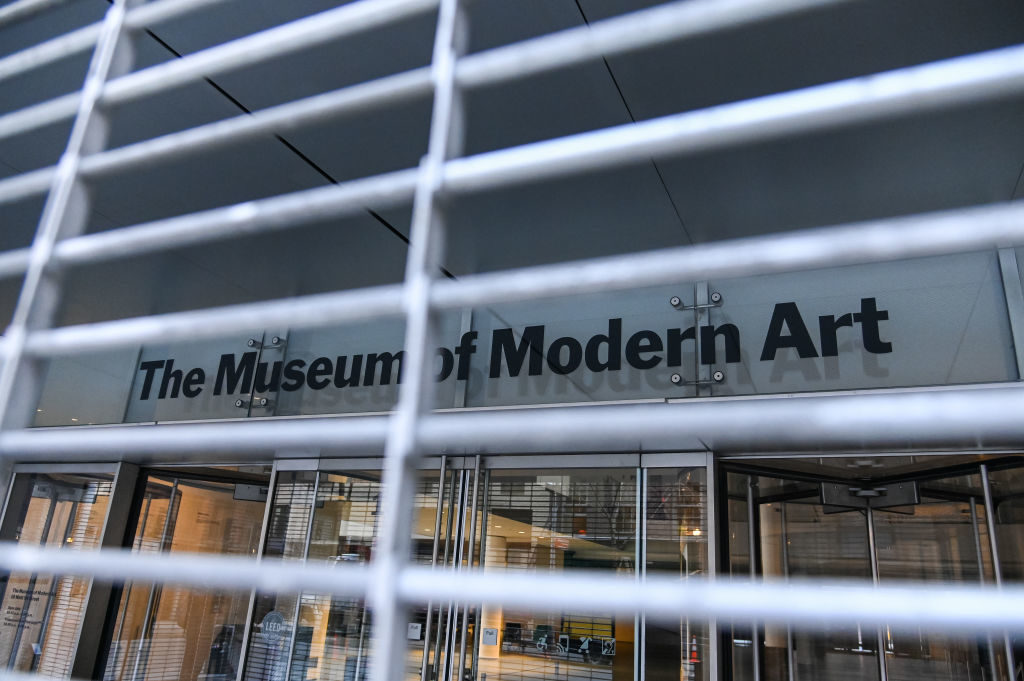
The Museum of Modern Art closed on March 12 due to the spread of coronavirus. (Photo: Ben Gabbe/Getty Images.)
Second, expect painful adjustments to how museums are run—the first wave of which has already begun. Several sacred cows are headed to the slaughterhouse. One is the commitment to full-time staff. Like after the 2008 financial crisis, cash-strapped museums may be forced to shift more heavily to part-time and outsourced work. Some contemporary-art Kunsthalles already rely principally on independent curators hired on a freelance basis. In larger museums with permanent collections, the financial challenges will provide a new impetus for merging the “silos” of specialized departments. A deep and persistent crisis may even reverse the field’s endemic aversion to closures and mergers.
Third, and on a more positive note, the crisis will put wind in the sails of a new museology in which service to the community is as important as the stewardship of objects. The exciting edges of innovation in museums these days already involve public engagement, education, and creative storytelling. Government bailouts and emergency funds from foundations will be contingent on service to the community. The silver lining of this crisis may be a more rapid descent from the “temple on the hill” model of the art museum, which dispenses knowledge and prestige to the well-heeled and well-behaved, to a more egalitarian, more open-ended, and more participatory institution that can engage society in its full contemporaneity and diversity.
Anyone who has read this far is likely to care enough about museums to know that, in the end, what they offer to people is a sense of discovery and transcendence, continuity and belonging. Rarely have we needed these things more than now. As museums eye the future beyond the pandemic, they can seize an opportunity to stay true to their essential values. We will all be the better for it.
András Szántó, Ph.D., a sociologist and founder of Andras Szanto LLC, is a strategic advisor to museums, educational institutions, and corporations active in the arts. This article builds on earlier posts on Instagram and LinkedIn.
Follow Artnet News on Facebook:
Want to stay ahead of the art world? Subscribe to our newsletter to get the breaking news, eye-opening interviews, and incisive critical takes that drive the conversation forward.
